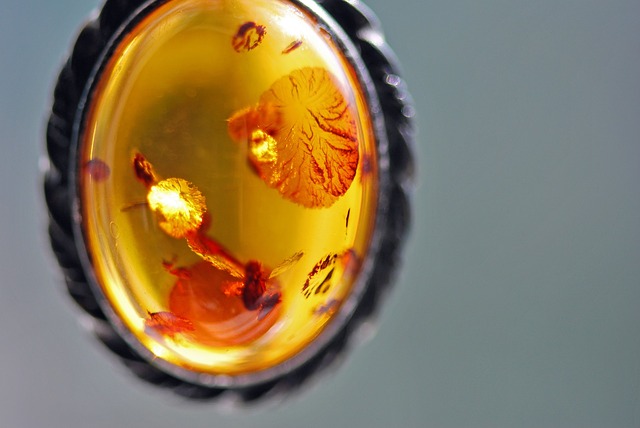Scientists have made an astounding discovery: the tail of a tiny feathered dinosaur that is 99 million years old preserved in a chunk of amber.
The tail, measuring only 1.4 inches, is feathered and has bone and tissue intact. It was originally found in a piece of amber from northern Myanmar, and re-discovered last year at a street market by Lida Xing, a paleontologist at Beijing University’s Geosciences.
Xing said,
I never expected we could find a dinosaur in amber. This may be the coolest find in my life.
His research partner, Ryan McKellar of the Royal Saskatchewan Museum, said, “It’s a once in a lifetime find. The finest details are visible and in three dimensions,” the Huffington Post reports.
The specimen, which scientists have nicknamed Eva, is believed to be the first non-bird dinosaur feathers found in amber, and provides an intriguing look into the evolution of flight and feathers millions of years ago.
Brown in color with white undersides, the feathers cover eight vertebrae and date back to the mid-Cretaceous period. The bones are articulated and not fused together like modern birds, meaning the animal was a dinosaur and not an ancient bird, the researchers said.
In addition, the feathers have a weak structure and lacked the interlocking system – further proof that they were not meant for flight. The feathers also did not have a rachis, or the strong central shaft found in bird feathers.
Instead, the feathers, which most likely covered the whole of Eva, may have been some kind of temperature regulator, McKellar theorized.
The tail is believed to be from a young coelurosaur, part of the family of therapod dinosaurs that were cousins of the Tyrannosaurus rex and other dinosaurs that evolved into birds.
The tissue around Eva’s bones still hold faint traces of ferrous iron, or hemoglobin from the specimen’s blood. Eva was most probably the size of a sparrow when it died, but could have grown to be as big as an ostrich.
The study was found in Current Biology.
























